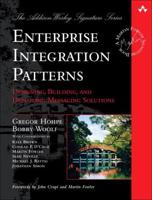Publisher's Synopsis
- Elements of the internal structure processor Intel 8086
CPU logically can divide on the three parts: arithmetic- logical block (ALB), control device, interface unit with . ALB is used to perform elementary processing operations ki data (arithmetic and logical operations), control unit The property provides the order of execution of a set of ALB operations, including number of units that implement one or another processor command, and the conjugation unit bus governs data exchange with external devices, in volume including with memory.
The Intel 8086 processor has 14 16-bit registers that are used to control the execution of commands, addressing and executing arithmetic and logical operations. Each register has its own one designation.
Segment registers CS (Code Segment), DS (Data Segment), SS (Stack Segment), ES (Extra Segment) are intended for addressing segments. Re- hyster CS contains the code segment number, DS - data, SS - stack. Register ES is used to address memory when performing operations with the string kami.
Registers general destination AX (Battery), BX (Base) CX (Counter), DX (Data) are the main working registers and can be used called at the discretion of the programmer. Register AX is the primary battery lator, it is used as the first operand and result when you performing arithmetic and logical operations, the BX register uses - Xia to store the second operand, as well as the base register when cos- vein, relative and index addressing, the CX register is used when organizing cycles, and the DX register - when performing arithmetic transactions with 32-bit numbers.










